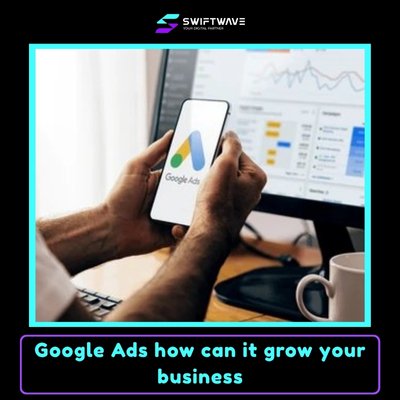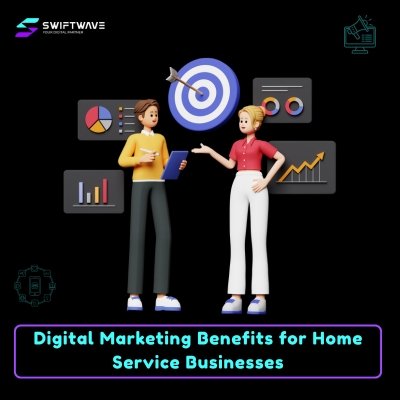Content Marketing has evolved from a simple promotional tactic into one of the most powerful tools for brand growth and audience engagement.
In today’s digital world, businesses that create valuable, relevant, and consistent content don’t just attract attention they earn trust, build authority, and drive real conversions.
The competition for audience attention is fierce, but brands that understand how to strategically plan, distribute, and optimize their content always stand out.
Whether you’re running a small startup or managing an established company, mastering content marketing is no longer optional it’s essential for survival in 2025 and beyond.
7 Strategies to enhance Content Marketing
In this guide, we will explain seven actionable strategies to enhance your content marketing and achieve measurable growth.

1. Create Content That Solves Real Problems
Effective content marketing starts with one simple principle — solve real problems for your audience. Most online content fails because it’s created to fill a schedule, not a need.
Before writing anything, understand what your audience is struggling with. Use search queries, FAQs, and social discussions to identify what they actually want answers to.
When your content provides clear, actionable solutions, it automatically becomes valuable. Don’t focus on sounding clever; focus on being useful.
If you consistently publish content that helps your audience overcome challenges, you’ll build credibility and authority in your niche. Remember, people don’t search for content they search for solutions.
Every article, video, or post should directly address a pain point and end with a clear takeaway.
2. Repurpose, Don’t Just Publish
Most marketers make the mistake of creating content once and forgetting it. The truth is, every strong piece of content can be turned into multiple valuable assets.
Repurposing helps you reach more people across different platforms without having to create everything from scratch. For example, a blog post can become a LinkedIn article, a short video summary, an infographic, or an email newsletter.
The goal is to adapt your message to fit the format and audience of each platform. Repurposing saves time, extends your content’s lifespan, and reinforces your key messages across different channels.
It also ensures consistency in your brand’s voice and helps your content reach users who prefer different formats readers, viewers, or listeners. Instead of always chasing new ideas, focus on maximizing the reach of what’s already working.
3. Use Data to Guide Every Piece of Content
Good content marketing decisions are based on data, not assumptions. Data tells you what topics perform best, what formats drive engagement, and what content leads to conversions.
Use analytics tools to track your performance monitor which blog posts attract traffic, which videos hold attention, and which social posts get clicks. Once you know what works, do more of it.
This approach helps you use your resources efficiently instead of guessing. Data also helps identify what isn’t working so you can adjust quickly.
For example, if a particular topic gets views but no conversions, the problem might be the call-to-action or the message alignment. Make it a routine to review analytics weekly or monthly and refine your strategy.
Data doesn’t replace creativity it strengthens it by showing what actually resonates with your audience.
4. Optimize for Both Humans and Search Engines
Creating content is pointless if no one can find it. Optimization ensures your valuable content reaches your intended audience. But SEO isn’t just about keywords anymore it’s about understanding intent.
Write with clarity and structure so that both humans and search engines can understand your message. Use keywords naturally within titles, headings, and text without overloading them.
Break your content into sections with clear headings to make it easier to read and index. Add relevant internal links to guide readers deeper into your site and external links to credible sources for authority.
Include visuals, lists, and short paragraphs to keep readers engaged. Search engines reward content that users actually spend time on. So, write for people first, optimize for algorithms second.
If your content reads naturally and delivers value, rankings and engagement will follow.
5. Leverage Video and Visual Storytelling
Visual content grabs attention faster than text alone. In a world where people scroll quickly, video and visuals help communicate your message instantly. Short videos, infographics, and simple motion graphics can turn complex topics into easy-to-understand explanations.
Video content also builds stronger emotional connections, making your brand more relatable. You don’t need expensive production — clarity and authenticity matter more.
Focus on delivering your message quickly and clearly within the first few seconds. Visual content performs well on all major platforms, from LinkedIn to TikTok, because it fits modern attention spans.
You can also use visuals inside blogs and emails to make them more engaging. Remember, people remember visuals better than text, so reinforce key points visually whenever possible.
Consistent use of video and graphics builds brand identity and helps your audience retain your message longer.
6. Build a Consistent Publishing and Distribution System
Publishing content randomly doesn’t create growth consistency does. A consistent schedule trains your audience to expect and trust your presence. It also signals reliability to search engines and social algorithms.
Start by creating a monthly or quarterly content calendar. Plan topics, formats, and distribution platforms in advance. This allows your team to stay organized and maintain momentum.
Consistency doesn’t mean posting daily — it means showing up regularly with valuable content. Once published, don’t stop there — distribution is just as important.
Share your content across email, social media, and relevant communities. Tailor your posts slightly for each platform instead of copy-pasting the same message everywhere. Use automation tools for scheduling but stay human with responses and engagement.
A well-planned publishing system ensures your content continues working for you long after it’s posted, building steady awareness and engagement over time.
7. Build Trust and Community — Not Just Traffic
Getting traffic is easy with ads or clickbait, but building trust takes consistent authenticity. People buy from brands they trust, and trust grows when you communicate openly, deliver on promises, and show your human side.
Use your content to connect, not just to sell. Share useful knowledge, honest insights, and transparent updates about your business or industry.
Encourage engagement through comments, questions, and discussions. Respond promptly and genuinely. Over time, this builds a loyal community that supports and shares your brand.
A small, engaged community is more valuable than thousands of passive visitors. Focus on creating content that educates, informs, and inspires not just content that sells.
When your audience starts seeing your brand as a reliable source rather than a marketing machine, you’ve won long-term attention and trust.
Conclusion
Content marketing isn’t about creating more it’s about creating with purpose. The key to success lies in producing content that genuinely helps your audience, backed by data, consistency, and clear communication.
By focusing on solving real problems, repurposing effectively, optimizing for both humans and search engines, and leveraging visuals, you build a system that continuously attracts and engages.
Consistency keeps your brand relevant, while trust turns your audience into loyal supporters. Every piece of content should serve a goal to inform, to connect, or to convert.
When these strategies work together, your marketing stops being noise and becomes influence. In the long run, results follow those who stay valuable, intentional, and consistent.
Content marketing is no longer just about visibility — it’s about trust, clarity, and measurable impact.



